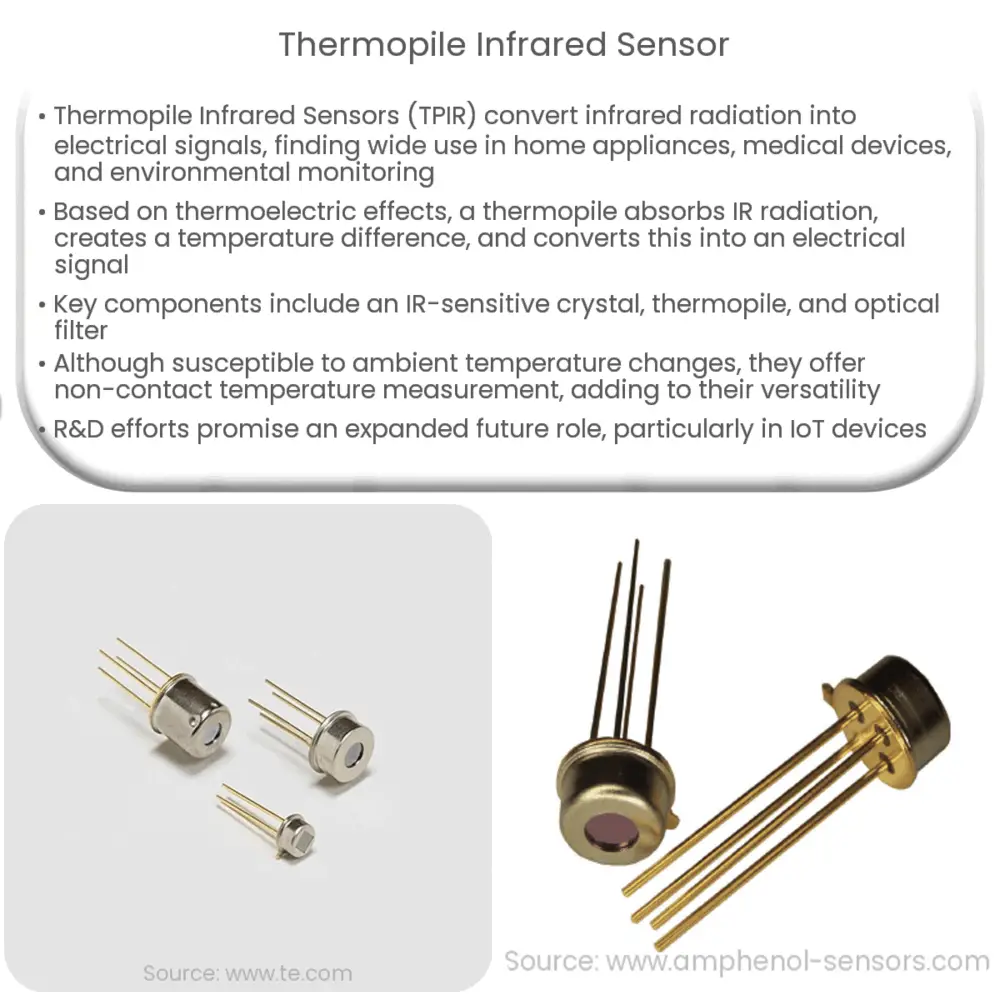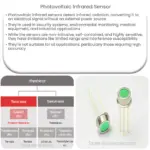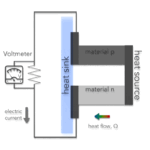Explore the workings, structure, applications, advantages, and future prospects of thermopile infrared sensors in various sectors.

Understanding the Thermopile Infrared Sensor
A Thermopile Infrared Sensor, often abbreviated to TPIR sensor, is a type of sensor that can detect infrared radiation (IR) and convert it into an electrical signal. This technology has a wide array of applications and is used in various fields, including home appliances, medical devices, and environmental monitoring.
Working Principle of Thermopile Infrared Sensors
The working principle of a thermopile infrared sensor is grounded in thermoelectric effects and the principles of black body radiation. As a fundamental concept, a thermopile is composed of several thermocouples connected in series. Thermocouples are simple devices that generate voltage proportionate to the temperature difference between two points.
In the context of an infrared sensor, the thermopile’s active area absorbs incident infrared radiation. This absorption generates heat, causing a temperature difference across the thermopile. The thermopile then converts this temperature differential into an electrical signal, which can be further processed or interpreted.
Structure of Thermopile Infrared Sensors
The basic structure of a thermopile infrared sensor includes three key components: an infrared-sensitive crystal, a thermopile, and an optical filter.
- Infrared-sensitive Crystal: The infrared-sensitive crystal (or IR-absorbing material) absorbs the incoming infrared radiation and generates heat.
- Thermopile: The thermopile is a series of thermocouples that convert the generated heat into an electrical signal.
- Optical Filter: The optical filter is used to select the specific wavelength of infrared radiation that the sensor should respond to. This enables the sensor to ignore irrelevant or distracting sources of IR radiation.
Applications of Thermopile Infrared Sensors
Thermopile infrared sensors have widespread usage in various sectors due to their sensitive nature and the ability to detect infrared radiation without contact. This makes them an excellent choice for tasks requiring non-contact temperature measurement.
- In medical devices, these sensors are used for non-contact body temperature measurement, such as in forehead thermometers and tympanic thermometers.
- In home appliances, they find usage in air conditioners and microwave ovens to measure temperature and ensure safety.
- In the field of environmental monitoring, TPIR sensors help detect heat signatures of wildfires, enabling early detection and response.
There are many other industries where thermopile infrared sensors are put to use, making them an important technology in the modern world.
Advantages and Limitations of Thermopile Infrared Sensors
Like any other technology, thermopile infrared sensors come with their own set of advantages and limitations. Understanding these can help users determine where and how to best utilize this technology.
- Advantages: One of the most significant advantages of thermopile sensors is their ability to measure temperature without any physical contact. This makes them suitable for use in situations where contact measurements could be inconvenient, dangerous, or impossible. Furthermore, these sensors are generally durable, reliable, and capable of operating over a wide range of temperatures.
- Limitations: On the other hand, these sensors are susceptible to errors due to ambient temperature changes, and they generally have a slower response time compared to other types of temperature sensors. They can also be affected by the emissivity of the object being measured, which may need to be considered in certain applications.
Future Prospects of Thermopile Infrared Sensors
As we advance into the future, the role of thermopile infrared sensors will continue to grow. Research and development efforts are underway to improve the efficiency, accuracy, and versatility of these sensors. With the miniaturization of technology and the rise of Internet of Things (IoT) devices, the integration of these sensors into everyday devices and appliances is becoming more common.
These developments suggest a promising future for thermopile infrared sensors in areas such as autonomous vehicles, smart homes, industrial automation, and healthcare monitoring, to name just a few.
Conclusion
In conclusion, thermopile infrared sensors are a versatile technology with wide-ranging applications. By converting infrared radiation into an electrical signal, these sensors provide a non-contact method for measuring temperature, making them invaluable in many sectors. Despite certain limitations, ongoing advancements promise an even broader scope of applications in the future. As we continue to explore and innovate, the role of thermopile infrared sensors will only become more integral to our technologically advanced world.



